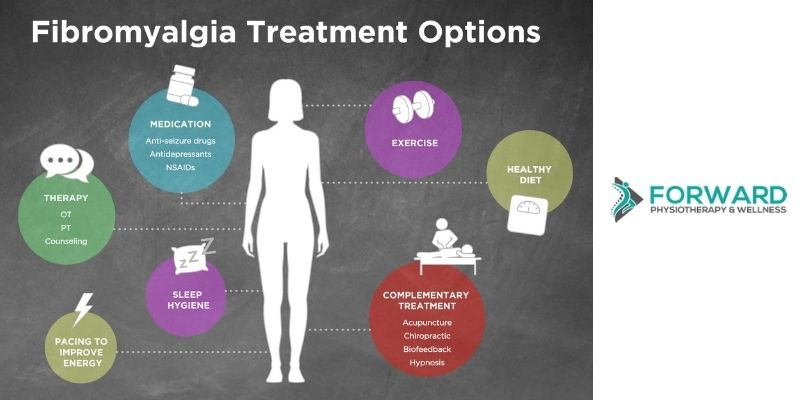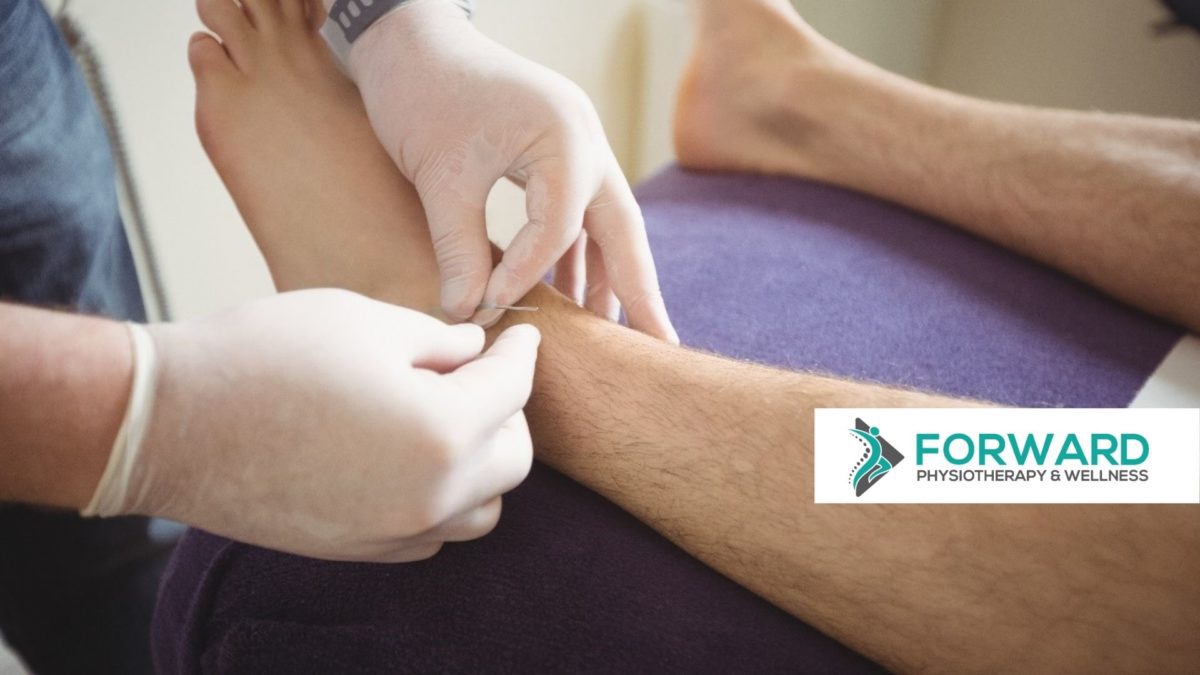
Help Manage Obesity With Physiotherapy
Posted By: Forward Wellness
Obesity has become one of the most common problems within our society today. Different countries are seeing an increase in obesity within their population globally. People are often unaware of the difference between the terms overweight and obese. Generally speaking, the typical way to classify healthy body weight is through use of the Body Mass Index (BMI). BMI is a calculation of body health based on a person’s weight versus height. If a person has a BMI over 30, they are considered obese.
Obesity can affect your muscles and joints as excess weight puts increased pressure on the body's weight-bearing joints such as your hips and knees. There are also various diseases that obesity can increase your risk for, such as cardiovascular conditions, diabetes, high blood pressure, etc.
There are many different propsed causes or contributing factors of obesity including diet, activity levels, genetics, hormone imbalances, stress, poor mental health, and more. As healthcare providers, we understand that obesity is a complex condition.
A person's lifestyle habits can also contribute to obesity. Sitting long hours in one place at work without breaks may be a challenge. A survey suggested that 85% of people stated this to be their main contributing factor. Our bodies are designed to be physical and move. If people are not letting the body work naturally, this may lead to dysfunction.
There are many proposed ways to address obesity such as diet, exercise, surgery, medication, counselling, and more. Targeting obesity is often best approached with a health team that may include a physician, psychologist, dietician, personal trainer, and/or physiotherapist.
The physiotherapist's role in your health team may be to recommend exercises that are appropriate for your joints, recommend postures that help reduce pain and tension, and monitor/treat any areas of pain as you continue on your health journey.
The physiotherapist will be able to provide proper treatment recommendations after they conduct a proper assessment of the patient's body. The assessment process will help the physiotherapist identify any muscle or joint pain that could be a barrier to your body health goals. Then will they be able to create a customized treatment plan to address these concerns.
Here is an example of 2 of the key steps involved in the evaluation process:
Assessing Range Of Motion:
The physiotherapist will assess different parts of the body to analyze the flexibility of the muscles and joints. Due to excessive body weight, the muscles may have limited movement or excessive strain. Moreover, there could be pressure on weight-bearing joints such as the hips and the knees. Range of motion measurements will help determine which areas are tight and need to be addressed.
Physiotherapists Will Check Muscular Strength: 
When the physiotherapist evaluates the strength of the muscles, they can obtain a better understanding as to which areas should be addressed in the treatment plan. This will also give the physiotherapist an idea of the right course of treatment.
As part of your assessment, your physiotherapist may ask you questions regarding your daily activities and habits. With all this information, they will be able to make a custom treatment plan based on your concerns and your goals.
Physiotherapists Will Proceed With Treatment To Manage Obesity Symptoms:
The goal or mission of the physiotherapist is to devise individual activity plans, and prescribe stretching or aerobic exercises, which will help the patient improve their health. These exercises are usually comfortable ones to integrate into your daily routine.
Stretching and aerobic exercises prescribed by your physiotherapist will help you in strengthening the muscles and structures surrounding your joints as you start on your journey to health. These highly skilled therapists will monitor your progress towards your goals. Your physiotherapist will keep encouraging you and supporting you until your goals have been achieved.
Physiotherapy is seen as a safe and effective technique that is a practical option for both children and adults who are looking to manage obesity symptoms. With the help of physiotherapy, you may be able to restore the flexibility of the muscles, increase the strength of the muscles, concentrate on building better posture, better cardiovascular health, and focus on preventing injuries.
Summary:
In order to receive help in the management of obesity, you will likely be working with a health team. Part of this team may include a physiotherapist to help you address any areas of pain or poor posture you may be experiencing as you start your health journey.
























































